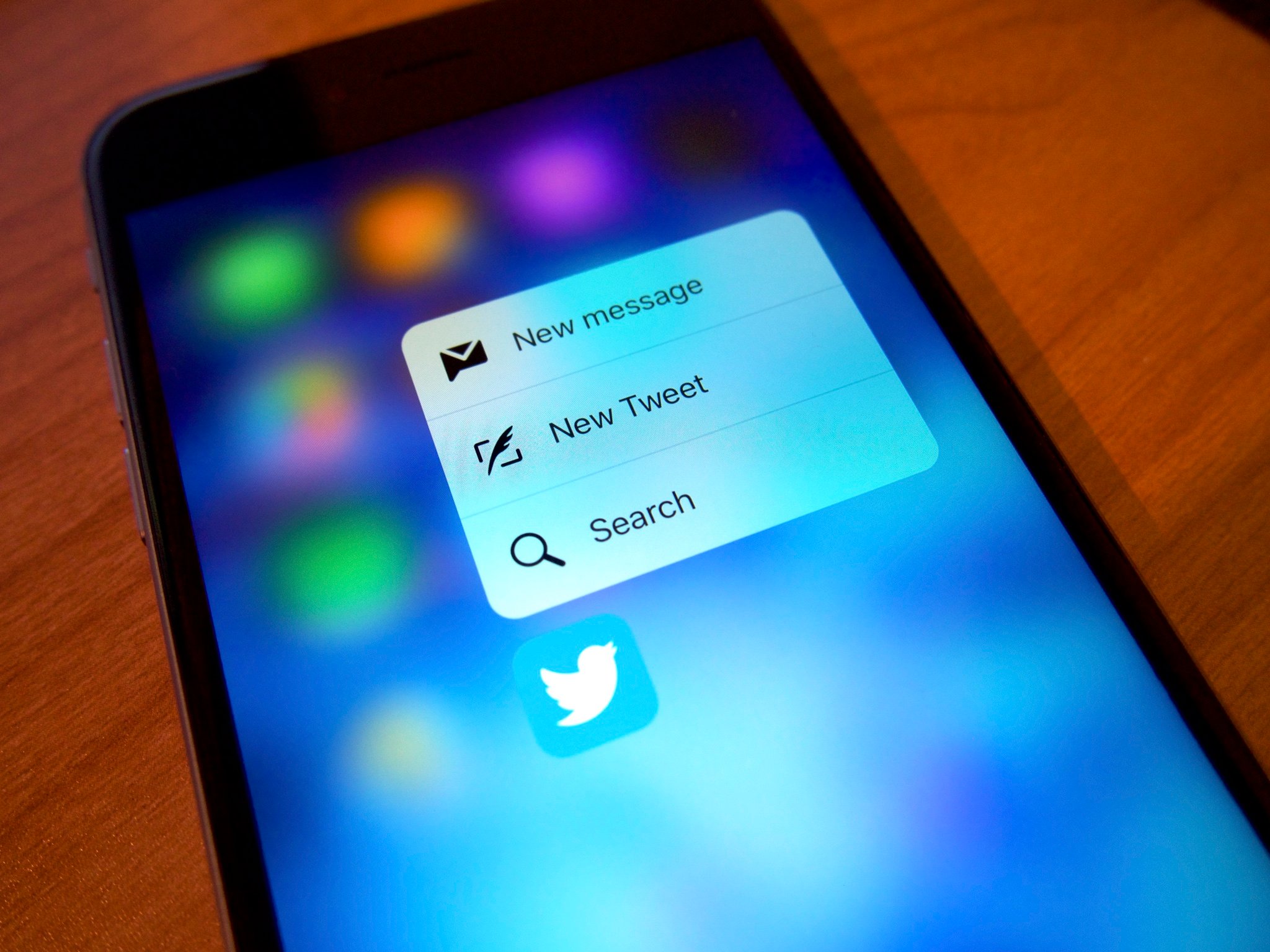Twitter ditches AMP, gives people the real website on mobile

What you need to know
- Twitter is discontinuing support for AMP.
- People tapping links in the iOS app will no longer get the AMP version of a website.
Social network Twitter is ditching Accelerated Mobile Pages (AMP), the company has confirmed. The move means that people will be directed to the a real destination website when they tap a link in the Twitter app on iPhones and iPads. Currently, links send people to the AMP version of that site.
The move was first noticed by a number of people on Twitter and reported by Search Engine Land — with one person noting that Twitter has updated its developer documentation to reflect the move.
We're in the process of discontinuing support for this feature and it will be fully retired in Q4 of 2021.
Short and sweet, the text tells us everything we need to know, And while the text says that AMP will be "fully retired" this quarter, many report that they are already seeing the change on their devices.
And here's how Twitter previously described AMP and its use at Twitter.
Twitter supports AMP in our mobile clients. When you publish a page with a linked AMP edition, we will present the best available version of your article to users. This helps people read more of your content through Twitter.
AMP is most often seen when tapping or clicking Google search results and that will continue to happen. But doing so from within the Twitter app will now take people to the URL they expect to see — a much better result for anyone who then wants to go on and share that webpage with someone else.
iMore offers spot-on advice and guidance from our team of experts, with decades of Apple device experience to lean on. Learn more with iMore!

Oliver Haslam has written about Apple and the wider technology business for more than a decade with bylines on How-To Geek, PC Mag, iDownloadBlog, and many more. He has also been published in print for Macworld, including cover stories. At iMore, Oliver is involved in daily news coverage and, not being short of opinions, has been known to 'explain' those thoughts in more detail, too.
Having grown up using PCs and spending far too much money on graphics card and flashy RAM, Oliver switched to the Mac with a G5 iMac and hasn't looked back. Since then he's seen the growth of the smartphone world, backed by iPhone, and new product categories come and go. Current expertise includes iOS, macOS, streaming services, and pretty much anything that has a battery or plugs into a wall. Oliver also covers mobile gaming for iMore, with Apple Arcade a particular focus. He's been gaming since the Atari 2600 days and still struggles to comprehend the fact he can play console quality titles on his pocket computer.
